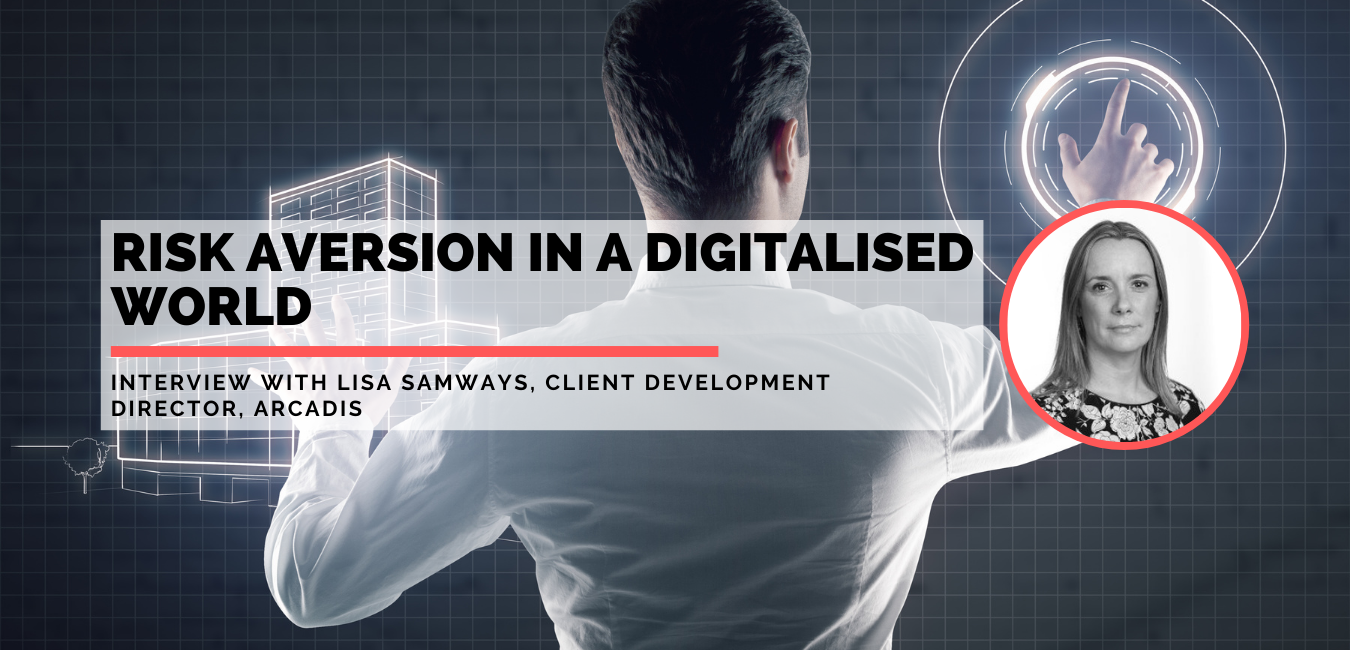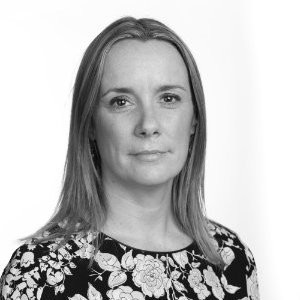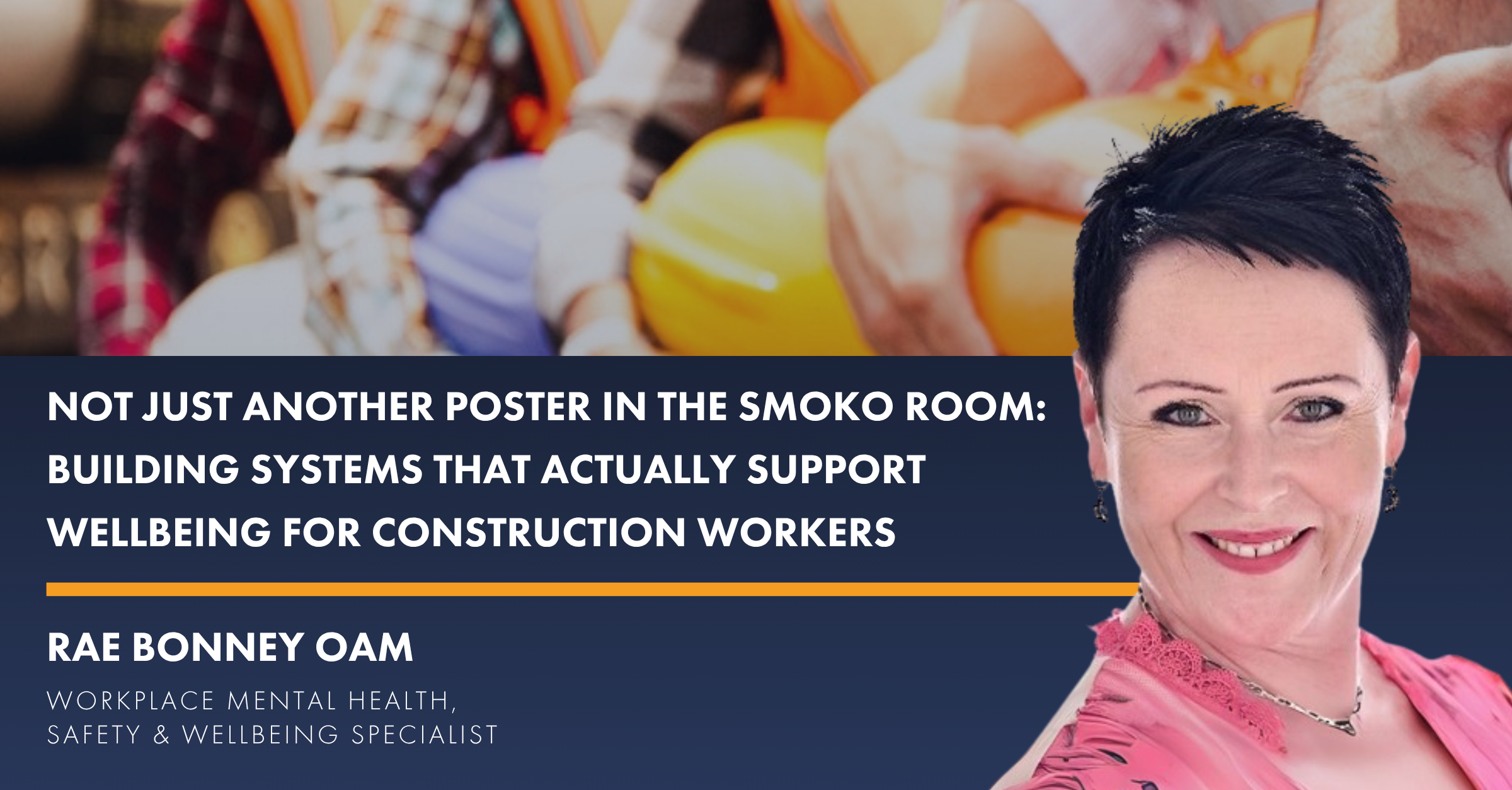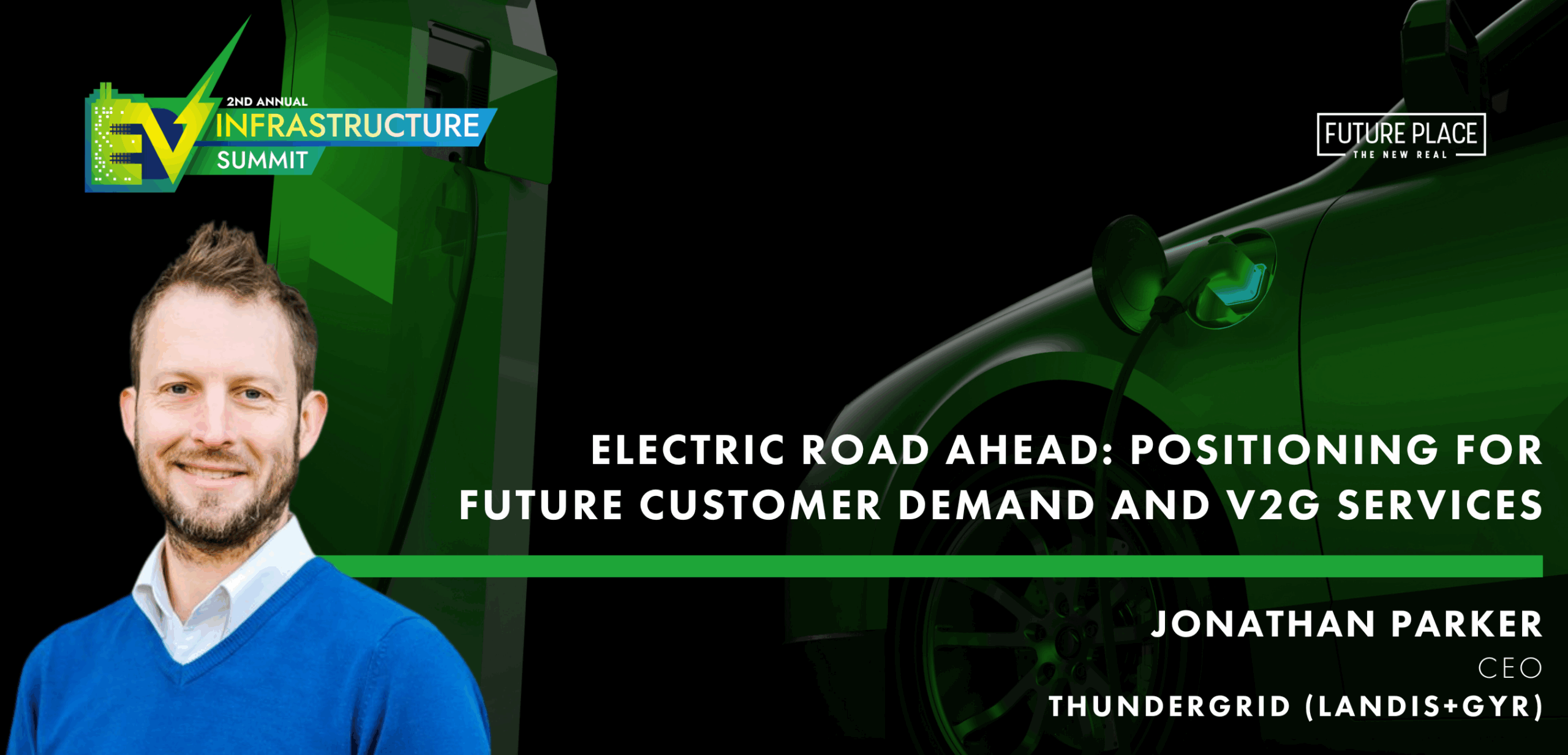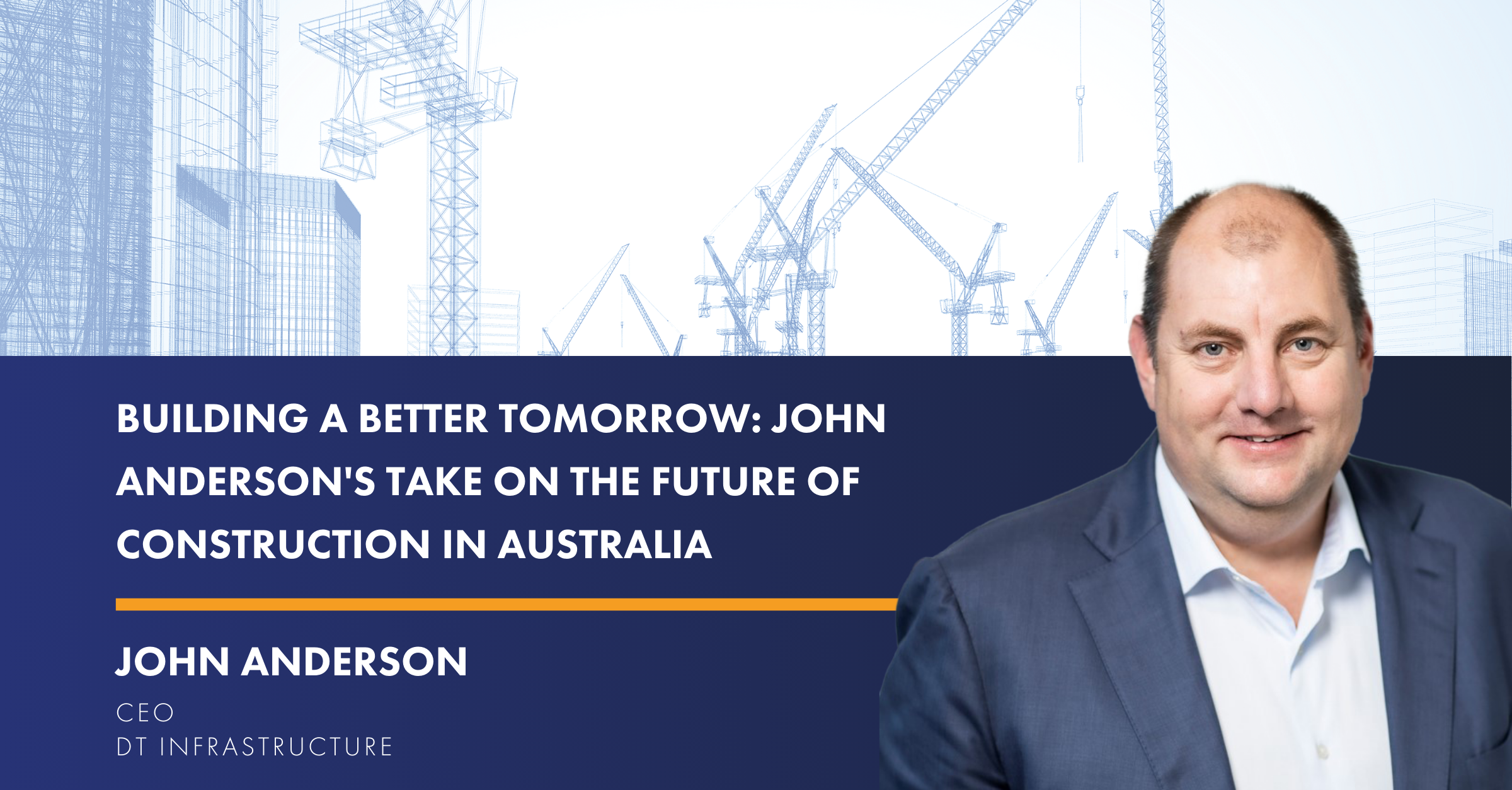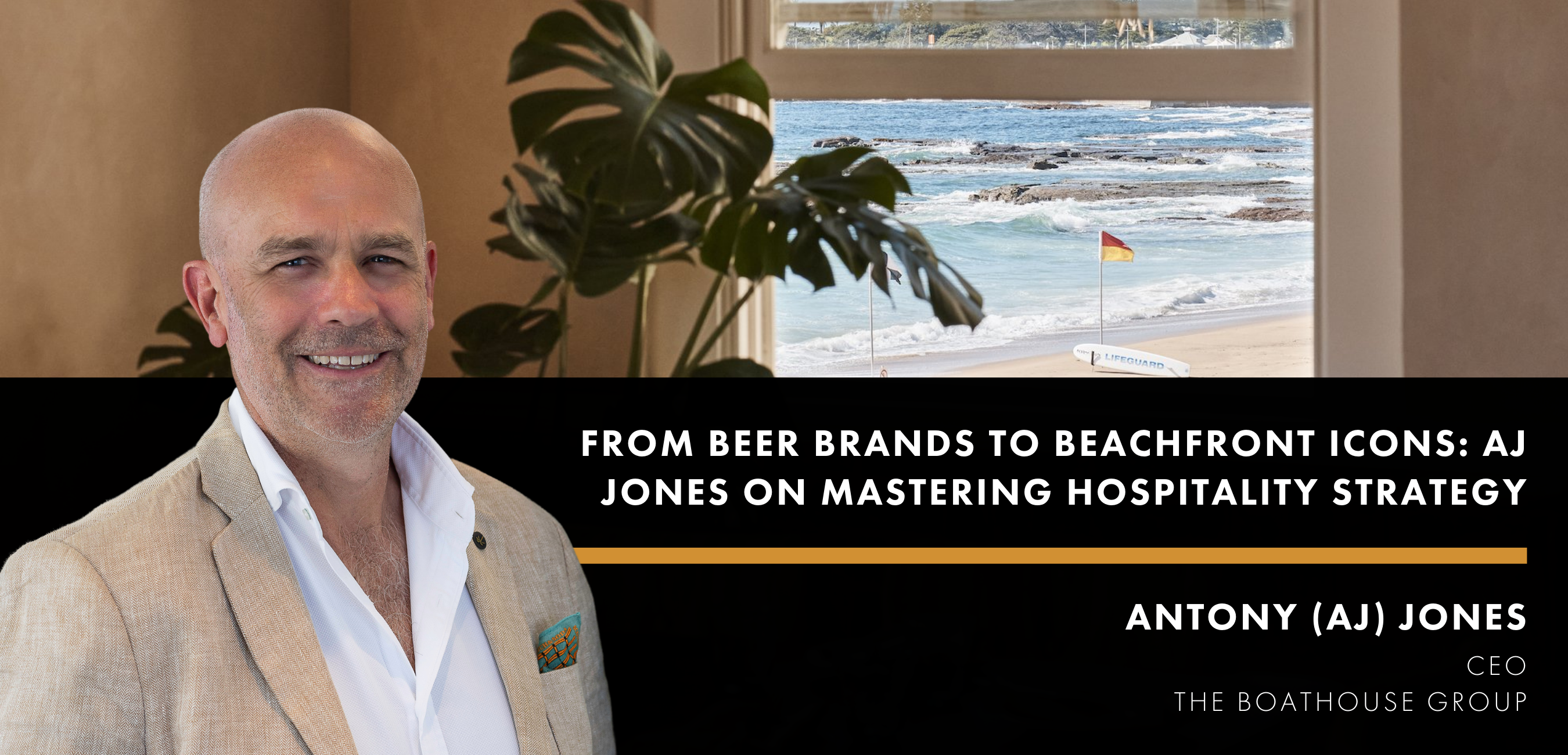Lisa Samways is the Client Development Director at Arcadis, a company delivering sustainable design, engineering, and consultancy solutions. With over 18 years of experience working in the construction industry and holding various management roles throughout her career, Lisa is passionate about driving client relationships and client-focused outcomes. We shared a Teams call to chat about digitisation in the construction space and why it’s taken so long to get here.
FuturePlace: Can you tell us more about your role at Arcadis and how you got here?
Lisa Samways: I am the Client Development Director for Arcadis Australia, but I originally started out as a structural engineer. While I have always enjoyed engineering, it was never my greatest passion, but I have always found joy collaborating with people and building teams. Over the years as I took on more management roles, first with the structural team, then a buildings team, and then a national team, I was always looking for ways to talk with our clients, so I could really understand them and what was important to them- you could say this is the engineer in me. So when the client development director role came up it just made sense to take on that challenge and I haven’t looked back.
FP: It sounds like you found your passion! Speaking of which, I read something interesting about what Arcadis means—can you expand on that and how that connects with the company’s mission?
LS: According to Greek mythology, Arcadia means the finest place on Earth to live, a harmonious place. We aim to work systematically with clients to create a better environment for people to live, work and thrive. Our goal is to Improve Quality of Life, and we take that seriously when it comes to our clients, our investors, and our people. Knowing that we are doing our part to better the world is essential to our employees who want to have a purpose and to our clients who want to work with a company with values that reflect their own. This will be a differentiator for companies in the future. It’s about action now, meaning what you say, and showing it with measurable outcomes.
FP: Actions speak louder than words. Great point. Beyond being mission-driven for a better quality of life, what are other trends in construction and technology?
LS: Digitisation and sustainability are two big ones and then societal implications that we just spoke about. Our clients want to see real time data to manage projects as well as measure outcomes better. They want to collect, track, benchmark, and respond to information and within projects, there’s a significantly greater emphasis on engagement, customer experience, and legacy. We’re seeing more questions about what the experience is like for clients, and what can we do to make it better. They need the ability to communicate quickly, and present and make decisions with data. Before you’d issue reports every few weeks, but now we’re seeing a live dashboard where our clients can go into any time and access information to see how projects are going. With sustainability, when the industry talks about design we talk about solutions but we need to move towards more sustainable solutions and we need to be able to articulate why they’re sustainable. As engineers, we are so used to solving a problem in a very engineering way but now we have to articulate what’s sustainable about those solutions and why is the solution relevant? That’s an important journey.
FP: The adoption of technology has accelerated over the last year as a result of the pandemic and the so-called worldwide experiment on remote work. Why has construction, in particular, been slower in adopting technology overall?
LS: Simply, as an industry, we’re risk-averse. We like to go with a proven method. In speaking with clients, it can be challenging to articulate the benefits they’ll see in adopting the latest technology. We can do incredible things but trying to make the client go, “Ah, I really need that for my project” can be hard. We have to find a way to talk to clients more holistically. It also comes down to how we price projects—it’s about time and people and hours. As long as you are pricing projects based on a price rate, there’s very little room to enhance digitally. No one is capturing the value of what it means to digitise the design approach because there isn’t a rate that allows for that. The industry needs to rethink its commercial models. We’re used to pricing it in a way that doesn’t allow for greater investment in the space.
FP: When a new technology is brought into a project, is it at the request of a client or is it because you know of a better way to do it?
LS: We do have a tendency, as problem-solvers, to go into our own little world and think of amazing ideas. I can’t tell you how many amazing ideas are going on in our business. However, there’s a challenge in pulling people back out and asking, “How is it going to benefit the client?” Do we have clients knocking on our door saying, “Please can you innovate this?” Absolutely not. They’re not in this space as the engineers—they engage us so that we come up with that.
We’re used to a very detailed brief and a very detailed scope telling us what we need to do. How do we shift from being told what to do to and, even though it’s not written in the brief, educate that client and take them on a journey to see what is possible? We know their pain points, but because it’s not written in the brief, the focus isn’t on these pain points, like they should be. We need to ask the right questions to focus on what needs to do be done as a business to not only solve the problem but educate our clients about the benefits.
FP: Do you use technology within client relationships to streamline?
LS: Absolutely, and that’s a journey we’re on every day. We call it, like everyone else, our client experience. We use tools to get feedback and we measure the data, take the critical pain points, capture where we’re falling short, and act on it immediately. The data reveals where we need to focus our time.
I’m a firm believer that you need, at an executive level, someone talking about clients all the time. If not, you’ll sink back into an operational model which is all about financial targets. HR, legal, really everyone must be thinking about the client, not just the account managers.
FP: What are the keys to a successful transition to a more digital experience?
LS: It’s a cultural shift. We need to educate but true cultural shifts usually happen from the outside in. Until our people engage with these apps to get client feedback, until they start to get really comfortable, only then will it have such an impact. I believe you can educate as much as you like within a business but without a purpose as to why, it just becomes a repeated education and only about one in twenty absorb it enough and actually move forward with it. We recently created a central hub where all the different stakeholders from a client’s organization work from the same platform. We all access information from the same point and it allows everyone to go in and review the project in real time. We’re all working off the same data and we all have the same dashboards that we measure against. The beauty of it is that it’s all in one place and visual, interactive, and live. That level of collaboration has been previously unmatched but new technology makes it possible.
Future of Construction Summit
Lisa will be speaking at our upcoming Future of Construction Summit, taking place from 12-13 May 2021. Get insights on how the entire ecosystem of construction will change, how much value is at risk for incumbents, and how companies can collaborate and leverage innovative approaches to create a more profitable and sustainable industry.

